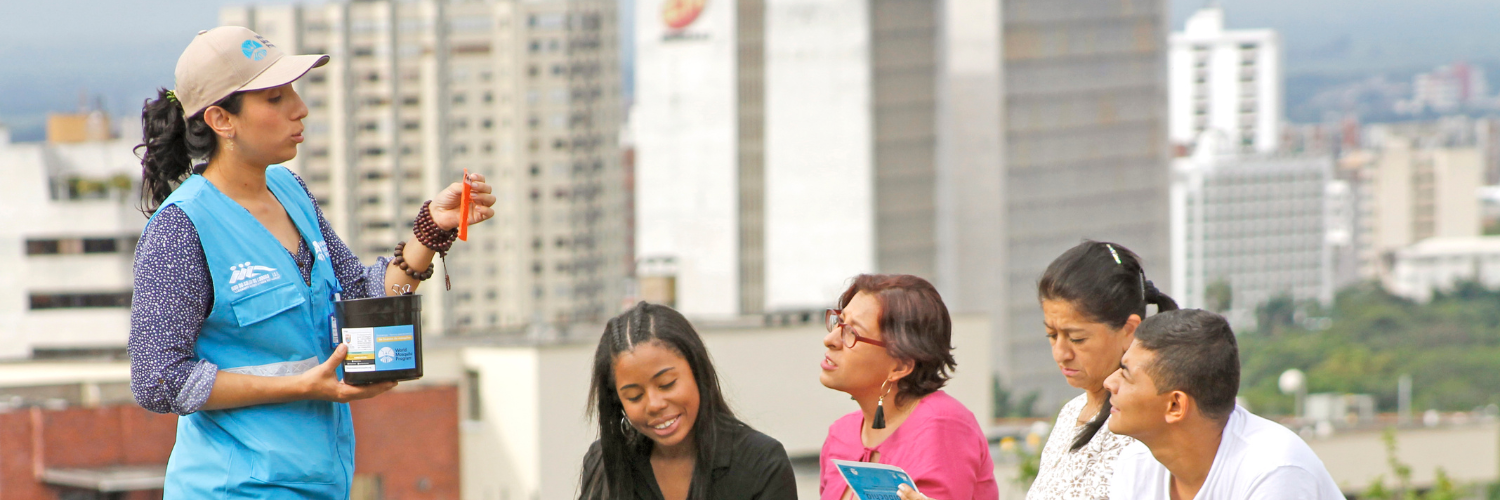
Published date: 19 June 2020
“Seek first to understand, then to be understood.”
This is the mantra of WMP’s outgoing Global Community Engagement Manager, Ruth Smithyman.
Engagement with communities is key to the success of the work of the program. Ultimately, our aim is to help communities to protect themselves from mosquito-borne disease. We cannot begin the process without their full support.
“Engaging people is not a science,” says Ruth. “Well it is and it isn’t. It’s a science and an art. It’s a science because on the one hand there are very clear principles and frameworks and processes that you can put in place to run a Community Engagement program. Tried and tested. But fundamentally it’s the process of building trust – and that’s where it becomes more an art. It’s based around interpersonal skills and a deeper understanding and a humanist approach to that engagement. Which I don’t think is a science. It’s just part of being human. Being creative and sensitive and aware.”
When WMP begins a project in a new country, the first step is to develop a relationship with key stakeholders. Whether it’s a government representative, a funder, an NGO, a health department – these are the people who will tell us about the people we’re going to be working with. The beneficiaries of our intervention.
Ruth explains how we need as diverse an input as possible. That we want to speak to people from different kinds of religious backgrounds, political perspectives, educational and socio-economic circumstances, “because everybody sees and experiences the community from a different perspective, depending on what they’re doing there.”
The key stakeholders are key to that kind of insight. Our partners who are on the ground, embedded in the community. Those who already have a lot of the knowledge and the networks and the relationships that are critical for us to begin to build trust.
But there’s more to the community engagement model than to ensure people understand what we’re doing. The implementation of our method means we need the community to know who we are. We need to enter their homes. We need them to be involved, to host mosquitoes and monitor mozzie traps.
It’s a lot to ask. And it takes a patient, deeply thoughtful approach.
“You can’t just walk into a community and start talking to people and think that you’re going to do a good job. Through the feedback you get, you work out better ways to engage. You ask the very people that you’re trying to engage how you can improve the way you engage.
“That’s a real challenge as an organisation. To systematise the interpersonal. That’s where I think Community Engagement is very different and very nuanced and unique from a lot of other similar fields. That’s what we’re trying to build. A system that will sustain a beautiful trusting relationship between entities. Between an organisation and a collective group of people.”
Ruth draws from her knowledge of psychology and anthropology to drive global implementation of the public acceptance model. She has a particular fire for power dynamics and social justice, a background in the extractives industry being particularly enlightening on these fronts.
She says her work with WMP has been made much easier by the fact the organisation as a whole understands the importance of her role. That it is deeply valued and there is a meticulous investment in public acceptance – in doing community engagement well, doing it rigorously and with integrity.
A big part of her job has been to build a culture of understanding around our responsibility in communities. To instill a priority for inclusivity, objectivity and respect.
Only then, can we truly earn trust. Through proven processes and systems. But also through empathy and truth. The science and the art.

